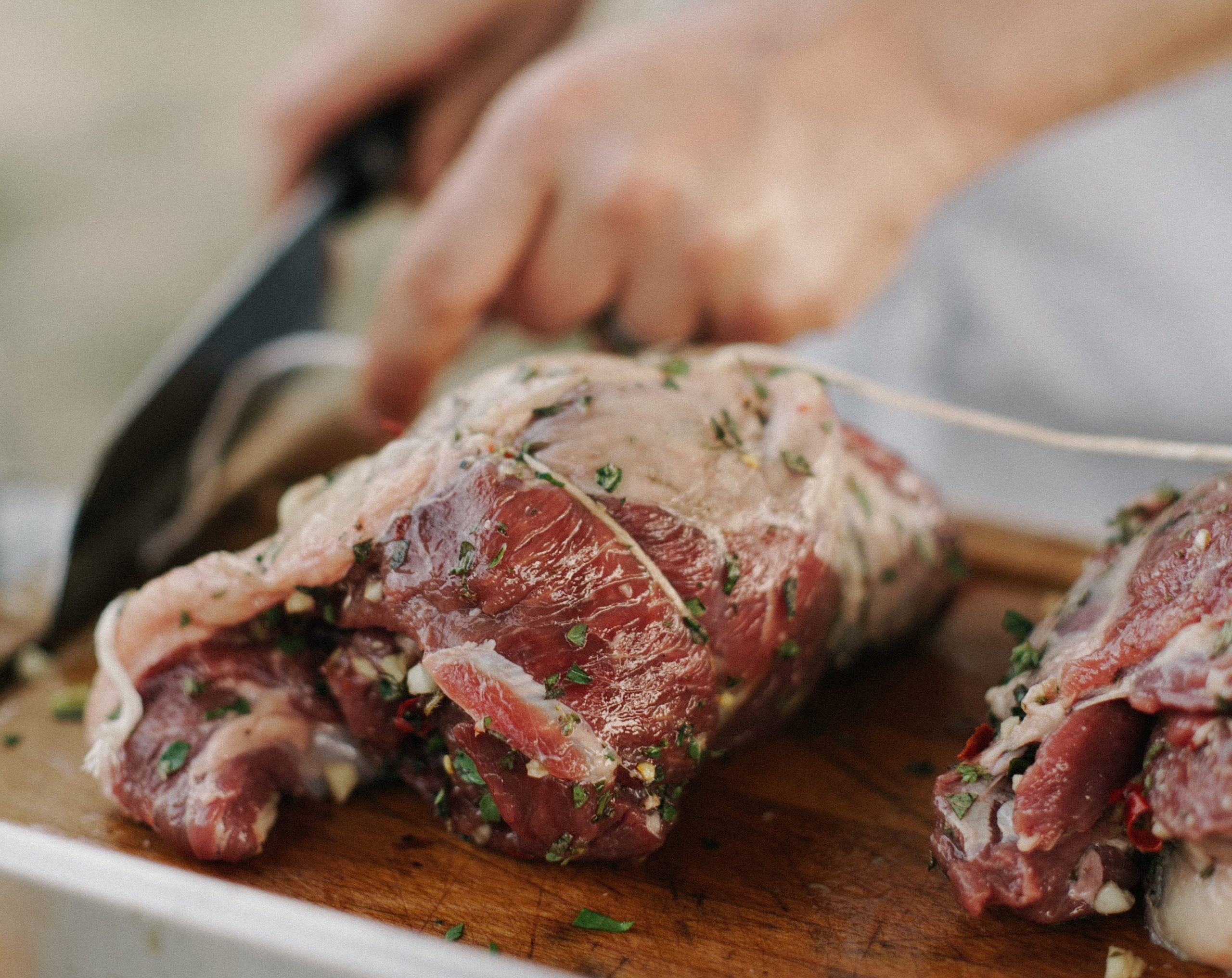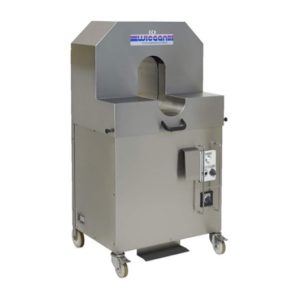What is elastic twine?

Different types of elastic twine
At Greenflex we distinguish our elastic twines based on their number of rubber cores. There are three different kinds of cores. Each of these types have a different force and elongation. Additionally, our elastic twine can be tailor-made using different types of spools depending on your production process.

1-core
- Force: 1 rubber core
- Elongation: 135% - 140% - 160%
- Yarn: polyester
- Color: white or red/white
- Packaging: cone or tube

2-core
- Force: 2 rubber cores
- Elongation: 160% - 210%
- Yarn: polyester
- Color: white
- Packaging: cone or tube

3-core
- Force: 3 rubber cores
- Elongation: 100%
- Yarn: polyester
- Color: wit
- Packaging: cone or tube
How to use elastic twine manually?

2. Cut a long piece of string and wrap it around the meat, tying it. To make a parallel loop, direct the string over the meat, hold it in place, and then guide the rest of the string under the meat.
3. Repeat until the entire piece of meat is knotted. Turn it over and knot the string around the back. Remove any unnecessary string.
Elastic twine machine

The tunnel ensures that material flows continuously. To be thoroughly knotted, even long rolled roasts do not need to be rotated. The knotting after each tie enables for simple roll roast portioning without the thread falling free.







